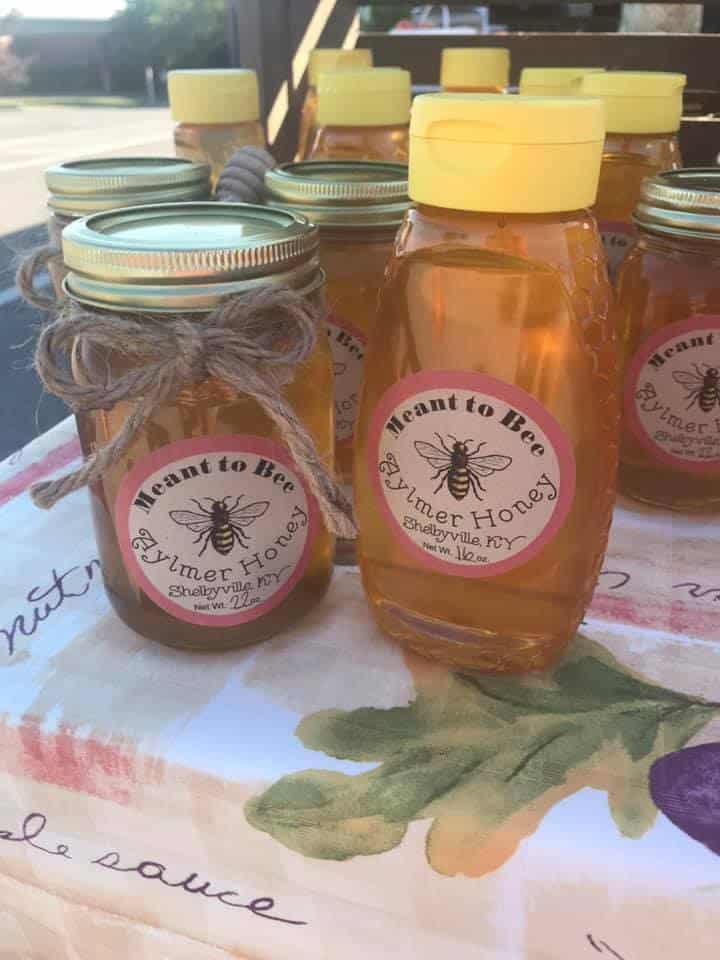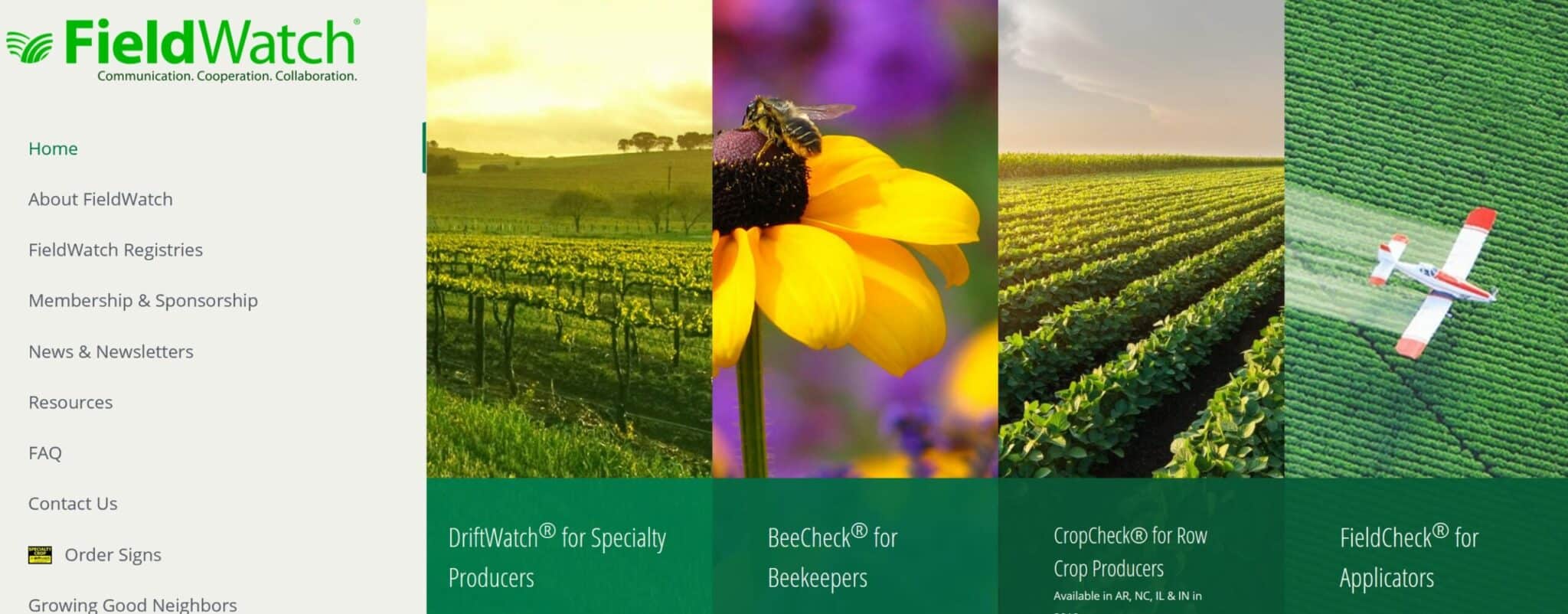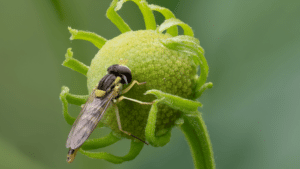Communication is a key step toward pollinator stewardship.
If good fences make good neighbors, then communication makes great neighbors and even better stewards.
Commercial beekeepers often manage hundreds of hives, but even backyard beekeepers with only a handful of colonies are important when considering the necessary communication that is essential for being a good neighbor.
Tammy Potter, Kentucky State Apiarist, says communication is the cheapest way for a beekeeper to reduce losses.
“There are many factors to consider in hive mortality, but in cases where irresponsible chemical use may be a factor, communication is certainly the best way to prevent that,” she says.
Pollinator Protection Plans
Most states now have Managed Pollinator Protection Plans (MP3s) aimed at encouraging communication and collaboration.
MP3s provide best practices and are specific to each state and were collaboratively developed by state agencies, beekeepers, growers and other stakeholder groups. Many companies are working to support these efforts as well.
“Both parties need to be working together on this. It starts with a conversation and leads to better stewardship,” says Caydee Savinelli, integrated pest management and pollinator stewardship lead at Syngenta.
“The BeSure! campaign is the foundation of what we are doing when it comes to seed stewardship, and it includes a focus on being a good neighbor,” Savinelli says. “It’s starting off with clean seeds, using proper fluency agents, notifying beekeepers, covering up seed spills, and more. If they follow these practices, they can certainly minimize any potential risks for pollinators.”
Creating Connections
Despite good intentions, there are often challenges that can make communication difficult.
FieldWatch is one program that helps create the necessary connections between applicators, farmers and beekeepers.
The program allows beekeepers to add the exact locations of their hives, and specialty crop growers can designate fields as conventional, organic and certified organic. Bob Walters, director of business development for FieldWatch, has seen more interest in their programs from outside the agricultural industry as well, from counties and states that spray for mosquitoes, as well as vegetation management organizations.
“When we are a good neighbor, we’re a good steward,” Walter says. “Everybody has to work together in order for this to be successful.”
Stephanie Regagnon, president and CEO of FieldWatch, says one of their biggest barriers continues to be awareness, though they are always working to improve this. Another barrier can be technology.
“Our tool is based on email, and there are still some of our users in rural America without easy access to technology,” Walters says. “But we work with them to ensure they can get access to the information.”
On the other side, Walters also sees technology as one of the biggest benefits to their system.
“Our data can be exported directly to the applicator-system and layered on over the applicator maps to make it very easy for them to use GPS systems,” he says.
While FieldWatch has been very successful in many states across the country, other states have chosen to create their own programs. Potter says Kentucky launched their own app in 2017 and currently has about 500 people registered.
“I think the DriftWatch Specialty Crop Site registry and FieldWatch system has many positives, but since our state doesn’t have mandatory registration, one benefit we saw of creating our own system was protecting the anonymity of our users while providing a line of communication that had not existed,” Potter says. “If a farmer wants to be compliant with EPA label laws, now the farmer has an avenue whereas previously, one had not existed.”
Smooth and Sweet
Just like suburban neighbors who may knock on a friend’s door holding a plate of cookies, beekeepers can also use a sweet treat to help smooth things over with nearby farmers.
“Don’t approach them when you’re angry. Bring a jar of honey and knock on their door,” Potter says. “Take a map, show them where your hives are, and give them some specific ideas for how they can work together, like alternating their schedule to spray later in the day, or printing off the instructions for using the app.”

She has worked with beekeepers who are upset over an application near their hives when the farmer is under no requirement to give notice. That’s when having a good relationship and being a good neighbor can prevent issues.
“Some products require disclosure and some do not,” Potter says. “Just because a farmer is not under liability from the EPA to disclose those applications, we always encourage applicators to go above and beyond.
“It’s not about compliance, it’s about stewardship. It takes five minutes to pick up the phone and call.”
Taking Steps, Together
Once a relationship has gotten off on the wrong foot, it can be hard to correct that path. But those challenges can be overcome if both parties make the necessary effort, and Savinelli says there are a lot of things working really well, and a lot of positive things already going on.
“I think a lot of times, we only hear about the negative experiences out there, but really, there are a lot of farmers and beekeepers that are already working together really well,” she says.
Florida citrus growers are a good example of how communication can lead to being better neighbors.
“In general, citrus doesn’t require bees for pollination, but for the beekeepers, it makes really wonderful honey because of that nectar,” Savinelli says.
“The beekeepers know what the farmers are up against, and having that good dialogue from the beginning has allowed them to bring in the bees while the trees are flowering, and then remove those hives so farmers can treat their trees later in the season,” Potter says. “There are a lot of really positive things happening because of that communication and understanding.”
For her, it’s not about whether to use an app or an old-fashioned phone call. It’s about collaboration.
“We just want to keep reminding people to do the right thing,” Savinelli says.
Regagnon agrees.
“At the end of the day, no one wants to have an issue. Beekeepers don’t want their bees harmed and growers and applicators want to use the tools they have responsibly,” she says.













